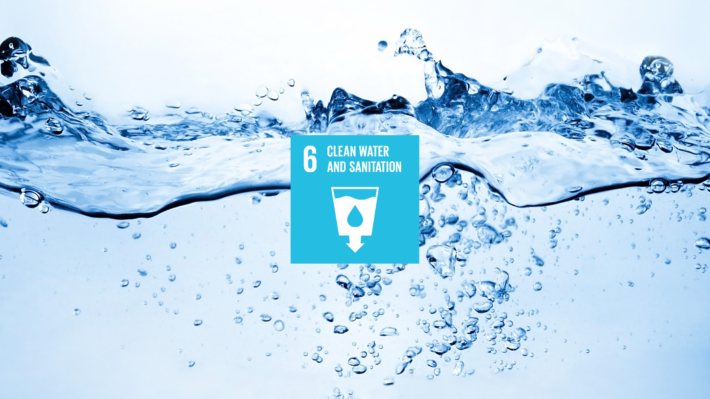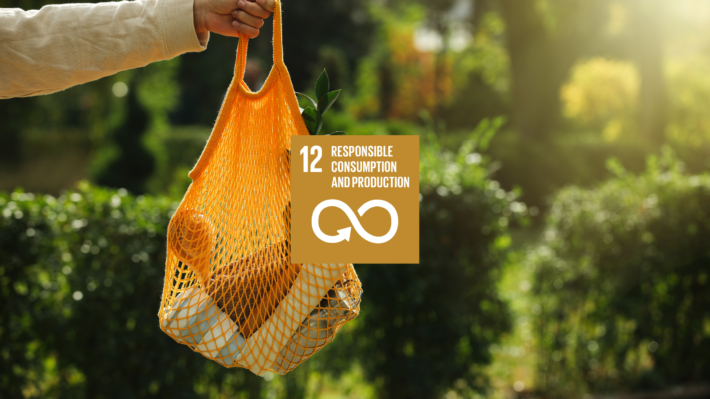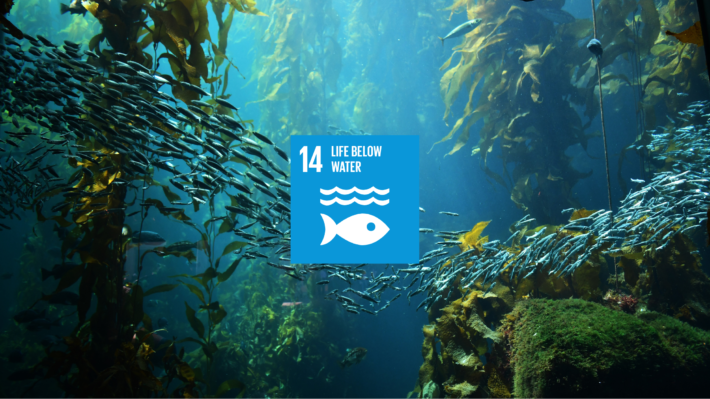Achieving Sustainable Development: SDG 7 Affordable and Clean Energy
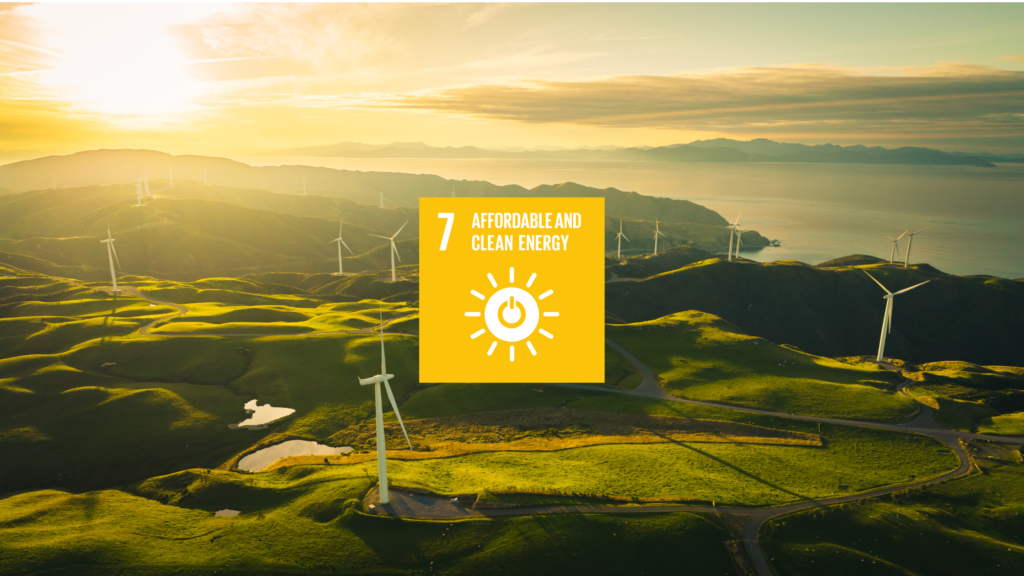
Sustainable Development Goal 7 (SDG 7) focuses on ensuring access to affordable, reliable, sustainable, and modern energy for all. Energy is a key driver of development, influencing economic growth, social well-being, and environmental sustainability. SDG 7 encompasses several specific targets aimed at addressing the various dimensions of energy access, efficiency, and sustainability.
Affordable and Clean Energy Targets
SDG 7 is a pivotal goal that addresses one of the fundamental challenges of our time: ensuring that everyone has access to affordable and clean energy. This goal is not only about providing energy but also about making sure that energy is sustainable and inclusive. To achieve this, SDG 7 is broken down into five specific targets, each focusing on different aspects of energy access, efficiency, and sustainability. These targets are comprehensive, addressing both the supply and demand sides of energy, and are crucial for achieving sustainable development globally.

Target 7.1: Universal Access to Modern Energy
This target aims to ensure universal access to affordable, reliable, and modern energy services by 2030. It emphasizes the importance of energy accessibility for all, particularly the most disadvantaged and underserved populations.
Target 7.2: Increase Global Percentage of Renewable Energy
Increasing the share of renewable energy in the global energy mix by 2030 – this target highlights the need for a transition from fossil fuels to renewable energy sources, such as wind, solar, and hydroelectric power, to combat climate change and promote environmental sustainability.
Target 7.3: Double the Improvement in Energy Efficiency
Doubling the global rate of improvement in energy efficiency by 2030 underscores the importance of optimizing energy use across all sectors, reducing waste, and enhancing energy conservation measures.
Target 7.A: Promote Access to Clean Energy Research, Technology, and Investment
This target emphasizes enhancing international cooperation to facilitate access to clean energy research and technology, including renewable energy, energy efficiency, and advanced cleaner fossil-fuel technology. It also aims to promote investment in energy infrastructure and clean energy technologies, particularly in developing countries.
Target 7.B: Expand and Upgrade Energy Services in Developing Countries
The goal here is to expand infrastructure and upgrade technology for supplying modern and sustainable energy services for all in developing countries. This target specifically focuses on least developed countries, small island developing states, and landlocked developing countries, supporting their unique needs and challenges.
Measuring progress towards achieving SDG 7 involves tracking a series of indicators associated with each target. These indicators provide both quantitative and qualitative assessments of how well countries are performing in their efforts to expand energy access, enhance energy efficiency, and increase the use of renewable energy.
Proportion of population with access to electricity (Target 7.1.1): This indicator measures the percentage of people who have access to reliable and affordable electricity, providing insight into the progress made in ensuring universal energy access.
Renewable energy share in the total final energy consumption (Target 7.2.1): Tracking the share of renewable energy in the total energy mix helps measure progress in shifting away from fossil fuels towards more sustainable energy sources like solar, wind, and hydroelectric power.
Proportion of population with primary reliance on clean cooking fuels and technology (Target 7.1.2): This indicator assesses the extent to which households have access to clean cooking solutions, which are crucial for reducing indoor air pollution and associated health risks.
Energy intensity measured in terms of primary energy and GDP (Target 7.3.1): This indicator measures the amount of energy used per unit of GDP, reflecting improvements in energy efficiency. A decrease in energy intensity indicates that a country is producing more economic output with less energy consumption.
International financial flows to developing countries in support of clean energy (Target 7.A.1): This indicator tracks the financial support provided to developing countries for clean energy projects, highlighting the global commitment to supporting sustainable energy transitions in less developed regions.
Investments in energy infrastructure and clean energy technology (Target 7.B.1): This indicator measures the level of investment in energy infrastructure and clean energy technologies, particularly in developing countries, which is essential for expanding access to modern and sustainable energy services.
Progress So Far
Since the adoption of SDG 7, there has been notable progress in various aspects of energy access and sustainability. However, challenges remain, particularly in reaching the most vulnerable populations and accelerating the transition to clean energy. Here’s an overview of the achievements and areas needing further effort:
Access to Electricity
Significant progress has been made in increasing access to electricity. As of 2020, 90% of the global population had access to electricity, up from 83% in 2010. However, disparities remain, with Sub-Saharan Africa having the lowest access rates.
Clean Cooking Solutions
Progress in providing access to clean cooking solutions has been slower. As of 2020, around 2.6 billion people still lack access to clean cooking technologies, relying instead on traditional biomass, kerosene, or coal, which have harmful health and environmental impacts.
Renewable Energy
The share of renewable energy in the global energy mix has been increasing, driven by declines in the cost of solar and wind technologies. In 2018, renewables accounted for about 17% of the global energy consumption. However, the growth rate needs to accelerate to meet the 2030 targets, especially in sectors like heating and transportation, where renewable penetration is lower.
Energy Efficiency
Progress in improving energy efficiency has been notable, with global energy intensity decreasing by 2.2% annually from 2010 to 2017. This improvement is crucial for decoupling economic growth from energy consumption and reducing greenhouse gas emissions.
International Cooperation and Investment
There has been an increase in international cooperation and investment in clean energy technologies, particularly in developing countries. Initiatives like the International Solar Alliance and the Africa Renewable Energy Initiative are playing crucial roles in this regard.
Conclusion
While there has been commendable progress towards achieving SDG 7, significant challenges remain. Access to modern energy services is still uneven, with the most vulnerable populations often left behind. The transition to renewable energy is accelerating but needs to be more inclusive and widespread, particularly in developing countries. Furthermore, the progress in clean cooking solutions has been lagging, posing health risks and environmental concerns.
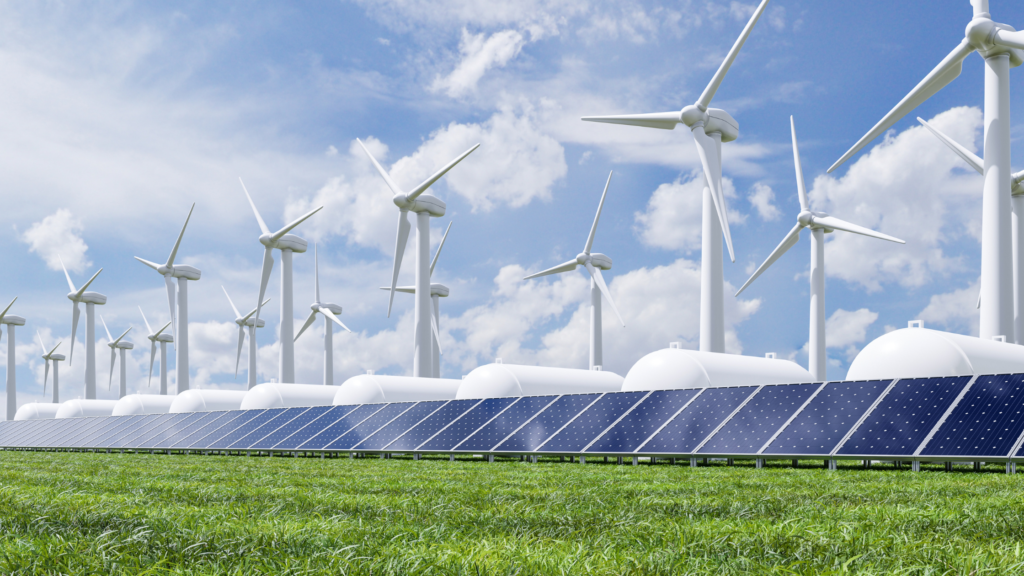
To meet the 2030 targets, concerted efforts are required from governments, private sector, and international organizations. Policies promoting renewable energy, investments in energy infrastructure, and innovations in energy technologies are critical. Additionally, addressing the financial and policy barriers that hinder access to clean energy, especially in developing countries, is essential.
In conclusion, achieving SDG 7 is not just about providing energy but ensuring that it is clean, affordable, and accessible to all. It is a cornerstone of sustainable development, impacting health, education, and economic growth. The path to 2030 is challenging, but with collective effort and commitment, the vision of a sustainable energy future for all is within reach.


